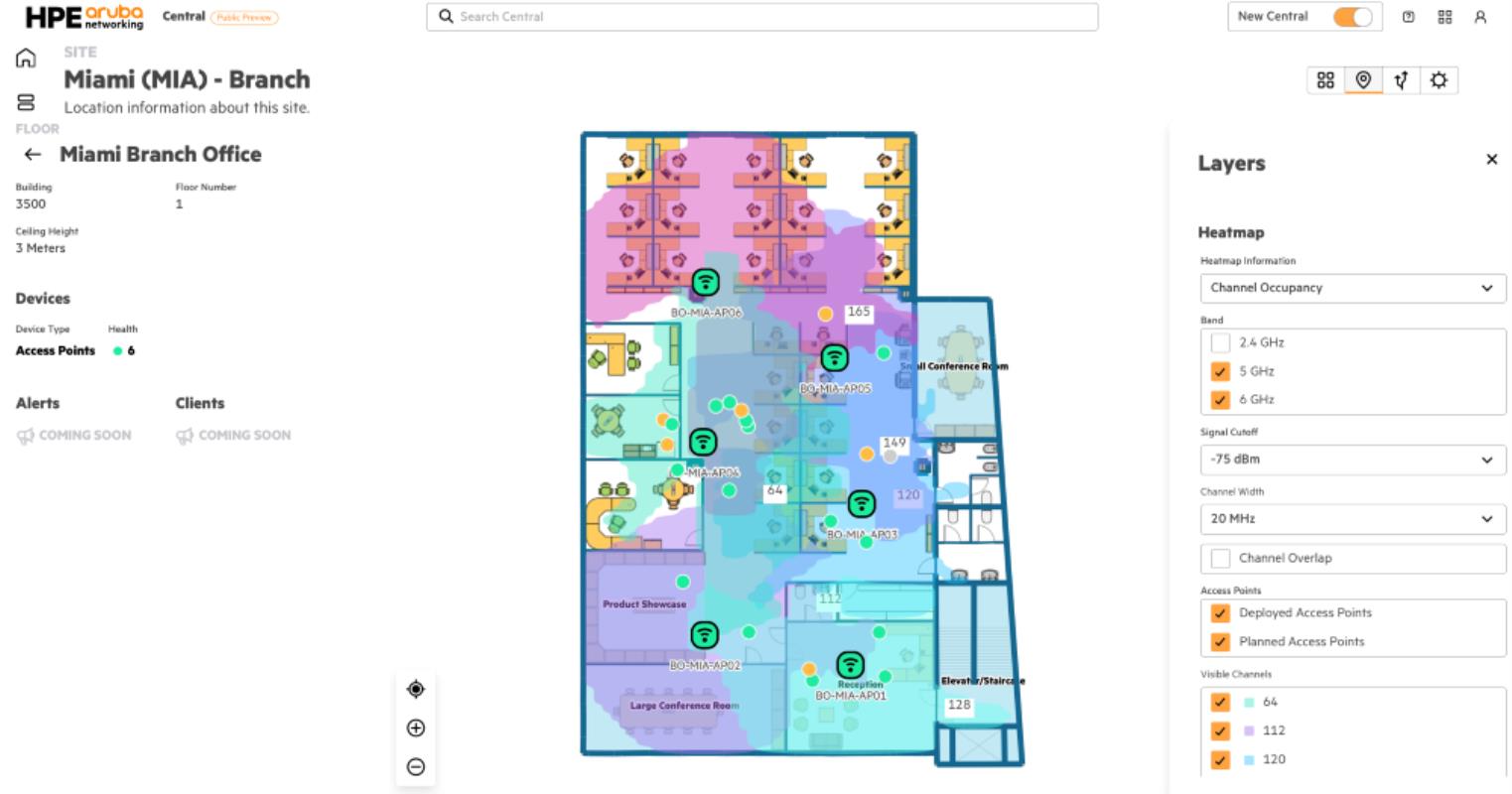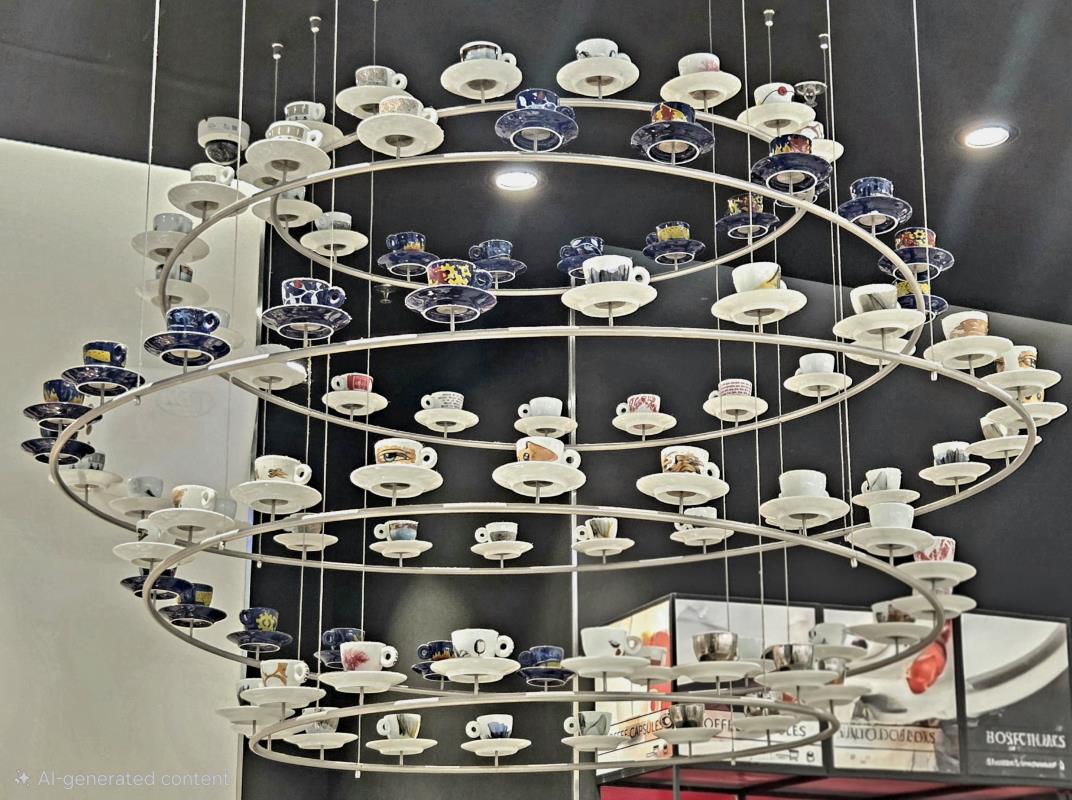
The underestimated threat of the air in the home
World Zero Emissions Day commentary
By Kevin Luo, PhD in Particle Deposition in the Human Respiratory System, and Senior Air Filtration Specialist at Blueair
“World Zero Emissions Day, a day to raise awareness about the harm caused by carbon emissions, is an important opportunity to reflect on one of the major contributors to this problem; plastic. The acceleration of plastic production and consumption in recent years is startling. More than 380 million tonnes of plastic are produced each year, and some reports indicate that up to 50% of that is for single-use purposes. (1). This year alone, researchers have estimated that the production and incineration of plastic will release more than 850 million tonnes of greenhouse gases into the atmosphere. (2).
“And it’s not just the ozone that is being polluted by the by-products of plastic – the air around us has also been shown to be invaded by the tiny particles – or ‘microplastics’ – that is released by plastic products. Research published by the Fernando Pessoa University in Portugal shows that every day we breathe in up to 130 tiny plastic particles. Due to their small size, microplastics – once inhaled – travel into the deep lung where they may induce lesions in the respiratory system. And while microplastics have been found in both indoor and outdoor air, the concentration of microplastic pollution in indoor air is higher than outdoors according to findings presented in 2018 by researchers. (3).
“Microplastics are unfortunately present in many objects in our homes, including toys, plastic bags, cosmetics, toothpaste and more. Most microplastic particles in the indoor air, however, come from plastic fibres from textiles used in home furnishings and synthetic clothing. A key concern is that synthetic materials, such as polyester, acrylic and nylon make up around 60% of global textile production – so if you really look around, you’ll realise how much your daily life is surrounded by plastic. (4).
“Not to mention, airborne microplastics may additionally carry other toxic pollutants found in the air. Microplastic particles penetrate the deep lung tissue and cannot be removed, or “digested”, by the human immune systems. Research has shown that the smallest particles can also pass into the bloodstream and may cause cardiovascular and cerebrovascular diseases, induce cancer, and affect the human immune and nervous system. However, even though some of the microplastics measured are composed of potentially carcinogenic or mutagenic compounds, the actual risk to human health is still unclear (5).
“While the implications might not always be as serious as above, links to headaches, fatigue, poor concentration and respiratory issues are often cited; the so-called ‘Sick Building Syndrome’ (SBS) which can damage our immune system, irritate our eyes and affect health in a number of ways. (6). Children are particularly at risk, as their respiratory systems are still developing and they breathe more rapidly than adults, taking in more air in relation to their body weights. Small children also often spend time playing on the floor, where microplastics settle in the form of dust. This makes them more vulnerable to microplastic pollution.
“Given that most people spend around 90% of their time indoors, particularly here in this region where we retreat indoors in the sticky summer months, taking steps to improve the air quality and reduce emissions in our indoor surroundings is important to protect our health and well-being against what is ultimately a silent threat.
Here are 10 top tips to help reduce airborne microplastics in your home:
1. Ensure good ventilation in your home - the concentration of airborne plastics is much higher in indoor air than in outdoor air.
2. Vacuum frequently to free your floor from microplastic dust that collects there.
3. Reduce or remove carpets, which trap plastic fibres and particles.
4. Choose a hardwood or ceramic tile floor. Vinyl and linoleum flooring can release microplastics into the air.
5. Avoid synthetic clothing as they shed plastic fibers, which can be inhaled.
6. Use organic, natural fabrics and textiles in home furnishings.
7. Do not buy toys made of plastic or that have plastic parts. Opt for wood or natural rubber toys instead.
8. Avoid cosmetics, soap, facial scrub and toothpastes containing microbeads.
9. Drink filtered tap water instead of water from single-use plastic bottles to reduce the amount of plastic you bring into your home.
10. Put an air purifier in the rooms where you spend most of your time. All Blueair air purifiers for home remove airborne microplastics.

























































